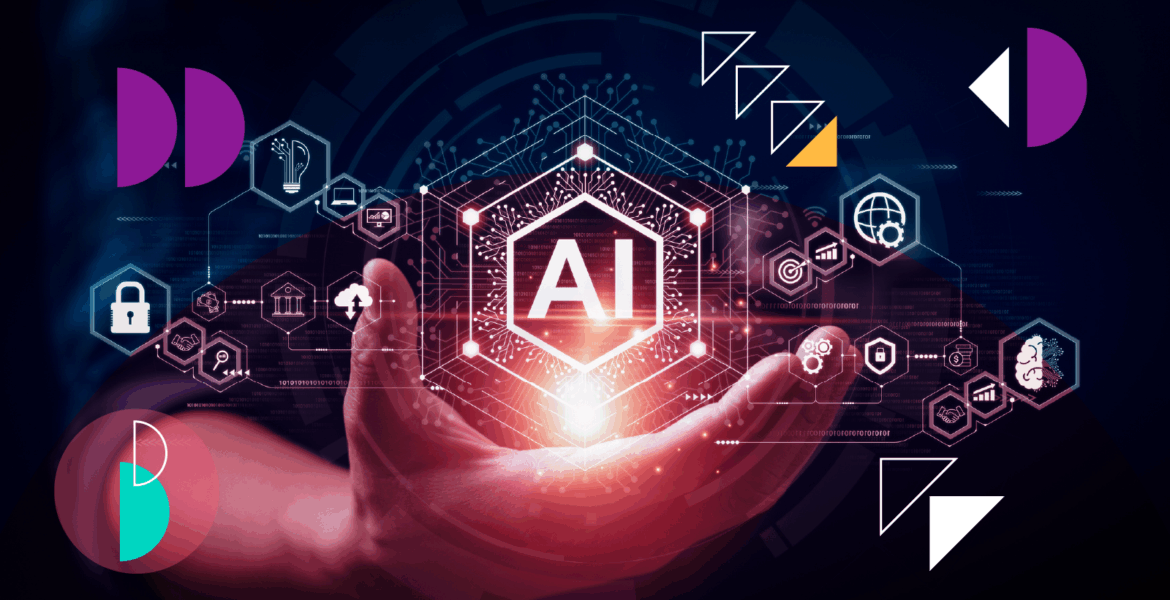By Alexander Tsai, SVP, Head of Prisma Product at Prisma by Mediaocean
The Rise of Agentic AI in Media Buying
Automation via APIs (application programming interfaces), bot scripts, and RPA (robotic process automation) helped lay the groundwork for agentic AI. It identified the areas of need and provided more consistent workflows, more reliable data, and better speed. But those systems had limits—they followed fixed rules and couldn’t adapt. Agentic AI changes that.
Unlike traditional automation, agents can make decisions, shift tactics, and act on the fly. In media, that means they can step into planning, budgeting, trafficking, reporting—even billing. But only if they’re built into the systems where this work actually happens.
We’re now at a point where purpose-built agents can do more than assist. They can act—within clear boundaries.
In 2022 I wrote about the long-overdue and frustrating need for automation of direct IO (insertion order) business between buyers and sellers. That piece highlighted the inefficiencies and lack of integration across buy- and sell-side platforms, plus a heavy reliance on manual, ad-hoc processes. These workflows are time-consuming, error-prone, and poorly suited to the pace and complexity of modern media buying—especially in a highly personalized, data-rich environment. Addressing them remains a massive industry opportunity.
The next wave of change won’t be about connecting platforms. It’ll happen inside them—in the execution layer. That’s where agents can run with normalized data, make fast decisions, and actually do the work.
The platforms we rely on every day to plan, buy, and bill media aren’t just supporting the workflow—they are the workflow. That’s why they’re the most logical place to embed agentic AI. In my current role, I’ve been working with the team to identify areas of the workflow where agent-powered automation can address tedious and repetitive tasks—so teams can focus on actual strategy and delivering ROI.
These platforms already manage fragmented systems, apply business rules, and keep transactions clean. That structure is critical. It’s what allows agents to act responsibly. Yes, cross-platform collaboration will come. But the fastest wins are happening now, inside systems that are already built for control and transparency.
The Future of Media Buying: A Multi-Phase Transformation
Agentic AI isn’t just another tool. It’s a shift in how we run media.
Here’s how I see it rolling out:
- Now: Agents thrive within one execution platform, where data and workflows are already aligned.
- Next: Industry groups start to define shared standards, APIs, and trust frameworks so agents can work across systems.
- Eventually: Agents talk to each other across platforms, optimizing spend and yield with minimal human handoffs.
That future is fully autonomous, fully connected, and built on shared infrastructure. But we don’t need to wait for it to start.
Understanding the Stages of Agentic AI
| Stage | Key Traits | Reality Check |
| 1 Traditional Automation | Rule-based macros automate repetitive tasks within one platform. | Limited adaptability, no autonomy. |
| 2 Agentic AI in Execution Platforms (current) | Agents act on structured data in real time to manage packing, budgets, QA. | Still siloed; not yet talking to other systems. |
| 3 Cross-Platform Agent Collaboration (future) | Interoperable agents coordinate across DSPs, SSPs, OMS, Ad Servers, and more. | Needs shared rules, safe environments, and clear permissions. |
For now, the most reliable gains come from working within execution platforms that already have structure and safeguards.
Will Agents Replace Buyers?
Short answer: no.
Enterprise campaigns are too complex, too nuanced, and too strategic for full automation. Agents will help—a lot. But they won’t replace judgment, creativity, or human relationships.
In the near term, think of agents as copilots. They handle the repeatable stuff: pacing, tag checks, trafficking, exception alerts. Meanwhile, buyers stay focused on the things that actually move the needle—strategy, creative alignment, measurement, and managing partners.
Some simpler campaigns may eventually run on autopilot. But anything high-value or regulated will always need human oversight.
Agents Will Also Reshape the UI/UX of Media Workflows and Platforms
As agents take over more of the execution, our tools have to evolve too.
Interfaces will shift from grids and dropdowns to goals and prompts. Instead of filling out fields, users will describe outcomes. Instead of dashboards full of filters, we’ll see collaboration surfaces where people and agents work together.
Designing for this new model means focusing on transparency, control, and trust. Users need to understand what the agent is doing and why—and have the ability to step in when it matters.
Final Thoughts: Building the Foundations for the Agentic Future
Agentic AI isn’t about replacing talent. It’s about elevating it.
We’re already seeing the potential of how agents can improve the way planning, buying, and optimization get done. Early use cases like pacing, reporting automation, campaign, placement creation, order execution, and creative compliance are showing real promise.
But this shift demands guardrails. Every model needs validation. Every agent action needs oversight. And compliance with privacy laws like GDPR, CPRA, and the DMA is important.
Execution platforms give us the structure agents need to work reliably. As standards and trust frameworks evolve, we’ll see buyer-side agents optimizing spend meet seller-side agents optimizing yield—and that’s when things really get interesting.
One emerging standard is the Model Context Protocol (MCP), which aims to define how AI agents share context about goals, data, permissions, and outcomes across systems. Another is Google’s Agent-to-Agent (A2A) protocol, which envisions seamless coordination between autonomous agents. Both are still early-stage efforts, but together they signal a shift toward standardized communication and context-sharing between agents—essential building blocks for a truly interoperable agentic future.
The next wave of media buying won’t be layered on top of our tools. It’ll be built into their core.
For anyone building the future: start inside the pipes, and start now.











